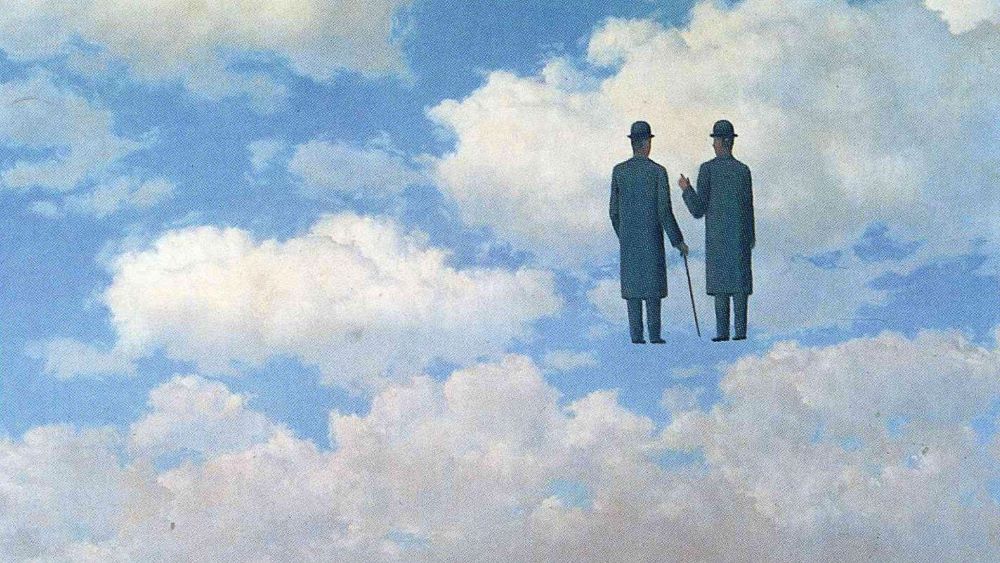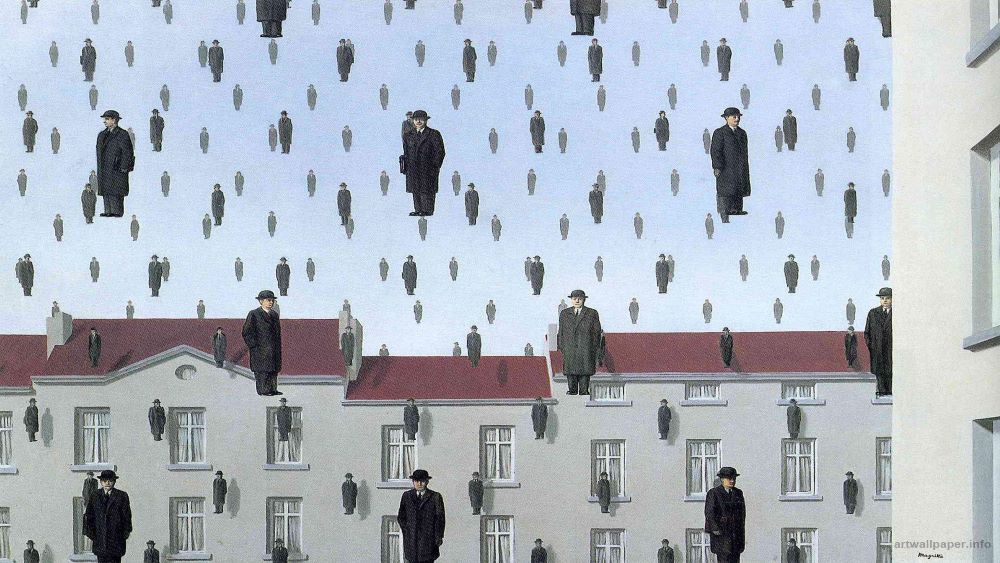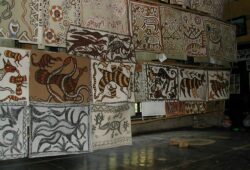The Enigmatic World of Rene Magritte’s Surreal Paintings
 Posted On
Posted On
Rene Magritte, a Belgian surrealist artist, was one of the most influential figures in the 20th-century art world. Known for his thought-provoking and enigmatic paintings, Magritte’s works challenge our perception of reality, blurring the lines between the ordinary and the extraordinary. This article explores the intriguing themes and artistic techniques that make Rene Magritte’s paintings timeless masterpieces.
Early Life and Influences:
Rene Magritte was born on November 21, 1898, in Lessines, Belgium. His artistic journey began during his childhood, and he attended the Royal Academy of Fine Arts in Brussels, where he was exposed to impressionism and futurism. However, it was the works of Giorgio de Chirico that had a profound impact on Magritte’s artistic vision. De Chirico’s dreamlike, metaphysical paintings inspired Magritte to embrace surrealism as his preferred artistic style.
Surrealism and Magritte’s Unique Approach:
Surrealism sought to explore the subconscious mind, dreams, and the fantastic through art. Magritte’s approach to the movement was distinctive, as he focused on juxtaposing ordinary objects in extraordinary contexts to provoke intellectual thought and challenge conventional perceptions. One of his most famous works, “The Treachery of Images” (1929), depicts a pipe with the caption, “Ceci n’est pas une pipe” (“This is not a pipe”), reminding viewers that the image is not the real object but a representation.

The Theme of Identity:
Identity and its ambiguity were recurring themes in Magritte’s paintings. His series of bowler-hatted men with obscured faces exemplified this fascination with human identity. In paintings like “The Son of Man” (1964), he portrayed a man with a green apple obstructing his face, leaving the viewer to ponder the significance of hidden identity and the masks we wear in society.
Exploration of Reality and Illusion:
Magritte’s works often blur the boundaries between reality and illusion. In “Golconda” (1953), he depicted men in suits floating in mid-air against a cloudy sky, raising questions about the nature of reality and challenging our perception of spatial relationships. These thought-provoking compositions highlight Magritte’s ability to create visual puzzles that compel the audience to question what they see.
Nature and Surrealism:
Nature was a recurring motif in Magritte’s paintings, but he presented it in surreal and imaginative ways. In “The Human Condition” series (1933-1935), he painted a canvas within a canvas, blurring the line between reality and the representation of reality. By doing so, Magritte questioned the authenticity of the world around us and the limitations of our perceptions.
Legacy and Influence:
Magritte’s impact on the art world was profound, inspiring future generations of artists, writers, and filmmakers. His contributions to surrealism and his innovative approach to painting have left an indelible mark on the art world. His influence can be seen in the works of artists like Salvador Dali, Leonora Carrington, and contemporary creators who embrace surrealism and its exploration of the subconscious.
Rene Magritte’s paintings continue to captivate audiences worldwide with their intriguing concepts, precision, and imaginative approach. By blending the familiar with the mysterious, Magritte challenges us to look beyond the surface and contemplate the deeper meaning of our existence and the world we inhabit. His art transcends time, inviting us into an enigmatic realm where reality and illusion coexist harmoniously, forever leaving us in awe of his genius.



